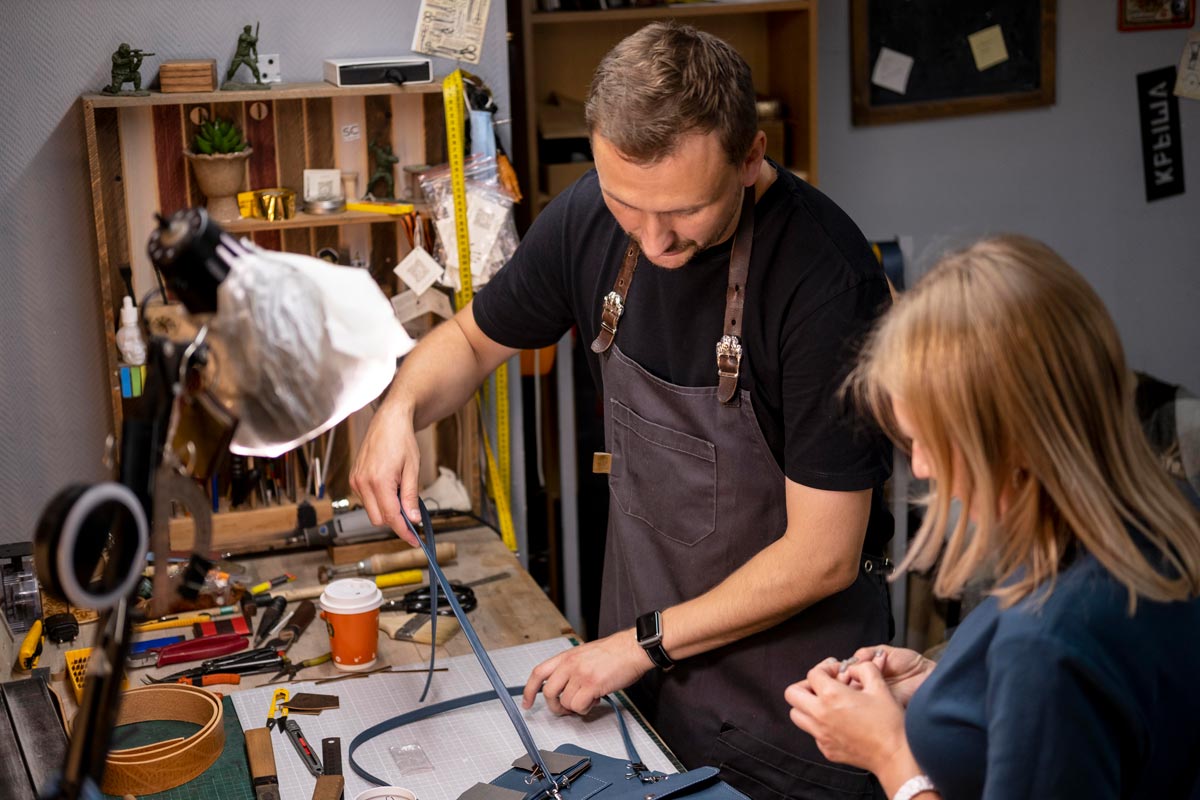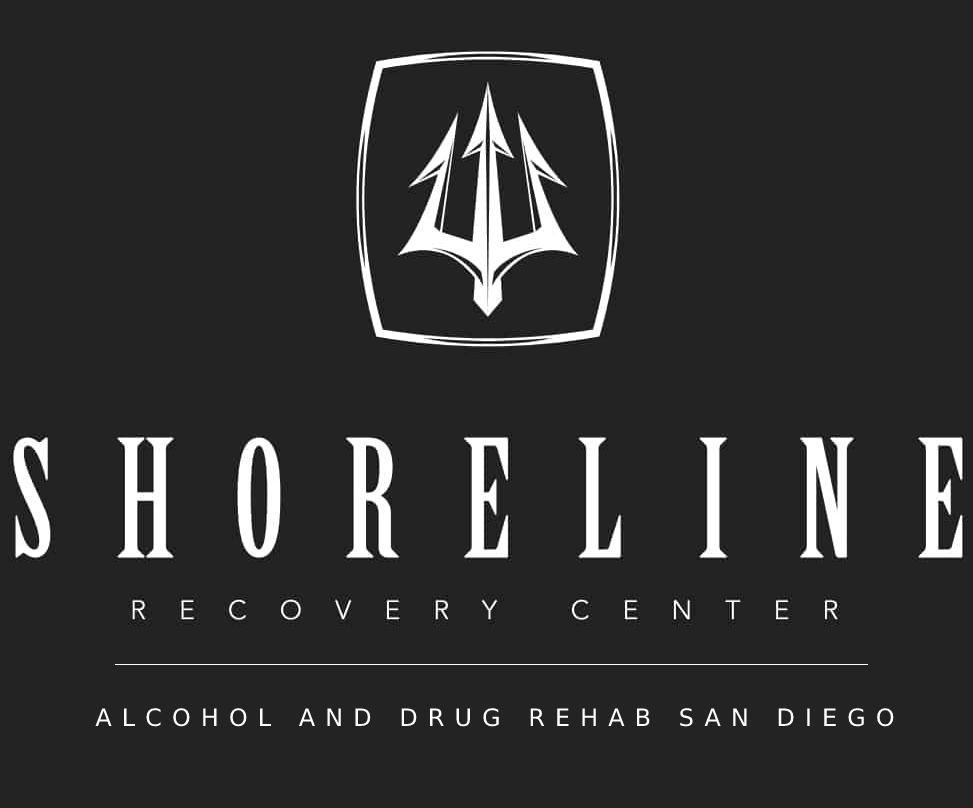24.6 million people in the United States use an illicit substance at least once a month.
An estimated 50 million people in the United States live with chronic pain, which can present a predicament for many in recovery who are also experiencing unrelenting pain. How can they manage their pain without taking opioids or other prescription painkillers?
For many, prescription drugs may help relieve the pain, but they can also create further dependency. Those who have struggled with addiction to pills in the past may find themselves craving them, and using them beyond what is necessary. In this article, we’ll discuss some of the ways how to manage chronic pain that doesn’t require prescription drugs.
Read on for more information.
1. Get to the Root Cause

Why do you have chronic pain? Is there nerve damage, or a broken bone you don’t know of? Do you have endometriosis or some silent and invisible disease that is causing an extreme amount of pain?
If so, it is essential to speak with your doctor. While seeing a doctor can be difficult for some, it is a crucial step in managing your chronic pain. Pain is your body’s way of alerting you that something is wrong inside of you. While some people do have to live with chronic pain as part of their conditions, not everyone needs to be subject to the same fate.
Make an appointment with your doctor and be as thorough as possible when describing what the pain is like. They can then order an array of tests that can hopefully help you discover the cause of your pain.
Pain medication, sometimes, can be a band-aid that barely covers a bigger problem in the body. Therefore, your doctor must address the cause to help relieve you of some of the pain.
2. Meditation and Mindfulness
While it may seem silly when you’re in a fit of pain, but breathing through the pain and practicing meditation can help take you out of your body and to a place that transcends pain. Guided meditations are particularly useful for helping you focus on something in your body other than the pain it has to endure.
There are thousands of podcasts, apps, and YouTube channels that offer free or inexpensive meditation downloads that you can do along with the narrator. Find a comfortable spot in your home and meditate as much as possible.
3. Heat or Ice
Depending on the type of pain, you may benefit from heat or ice. For many people, pain is a type of inflammation in the body, and applying heat or ice can help bring the swelling down to a more tolerable level.
Keep an ice pack on hand or a hot water bottle. If you use an ice pack, wrap it up in a kitchen towel before putting it on your body. Let it sit there for as long as necessary to help relieve some of the pain and tension.
4. Massage
A massage may help you with your pain, depending on where it is coming from. If your pain is muscular, deep tissue massage can help get the knots out of your body and align your muscles again. Work with a masseuse to help you find a way that you can tolerate the massage, but so that you can also benefit from it.
5. See a Chiropractor
If you have bad back pain, or other muscular and skeletal pain, a chiropractor may be able to help you relieve it. Although there are still debates on whether or not a chiropractor is a legitimate medical treatment, many people swear by them.
Tell your chiropractor what hurts and exactly where. He or she may be able to take some of the pressure off of the place where you’re in pain, helping you feel that much better.
6. Take Anti-Inflammatories
Anti-inflammatories, or NSAID (non-steroidal anti-inflammatory drugs), are a great way to help relieve some of the pain in your body. As we mentioned previously, a lot of the chronic pain people feel is related to inflammation. As such, taking an NSAID can help bring some of the inflammation in the body down, and help you feel a little more comfortable.
NSAIDs are technically drugs, but people do not become addicted to or dependent on them. You can purchase them over the counter, or your doctor can prescribe them in a stronger form. Even in a stronger form, however, they are still not addictive.
When you take NSAIDs, though, you’ll need to ensure that you don’t take more than prescribed. The risk with NSAIDs is not addiction, but the risk of injuring the liver if you take too many during a specific period.
If you have had issues with alcohol in the past and you have problems with your liver, discuss the use of NSAIDs with your doctor before taking them.
Learning How to Manage Chronic Pain Without Drugs
Once you learn how to manage chronic pain without drugs, you’ll be able to establish a routine for yourself and figure out something that works best for you. While it may be painful and frustrating at first, if you’re determined, you’ll find a way to keep your pain at bay while also ensuring that you’re not dependent on any drugs your body does not need.
Shoreline Recovery offers tools for those who suffer from chronic pain. Contact us today to help yourself or a loved one manage without opioids or other medications.





